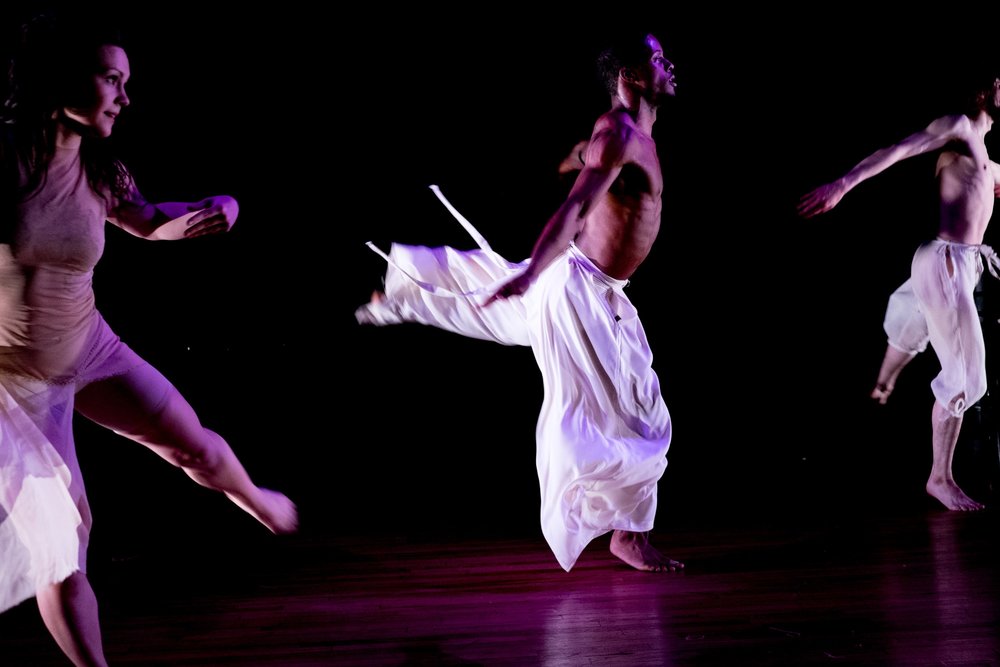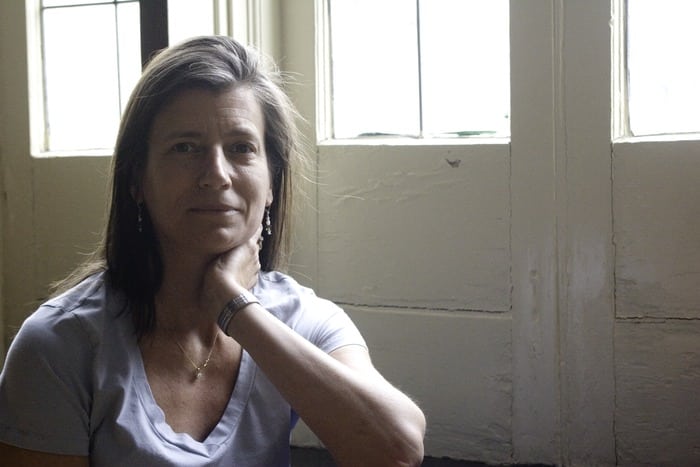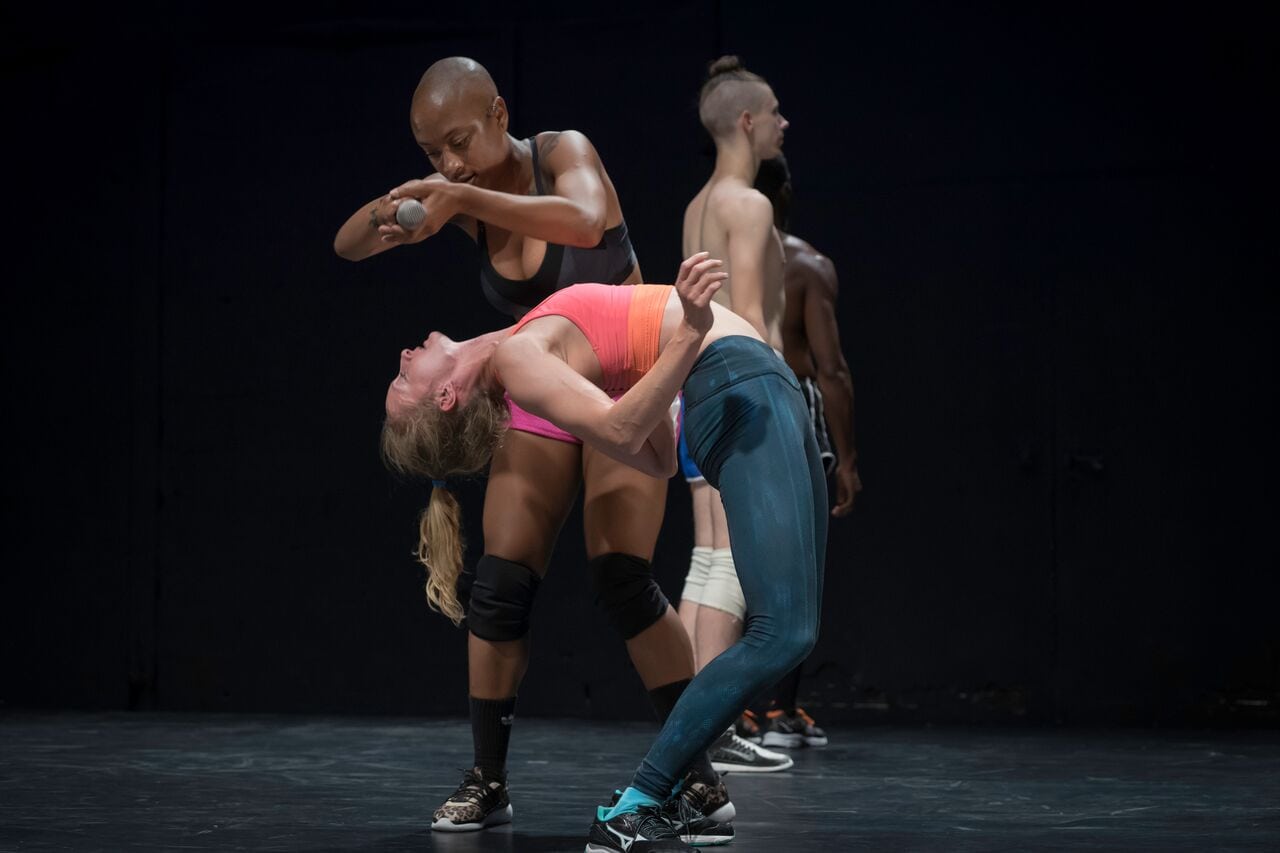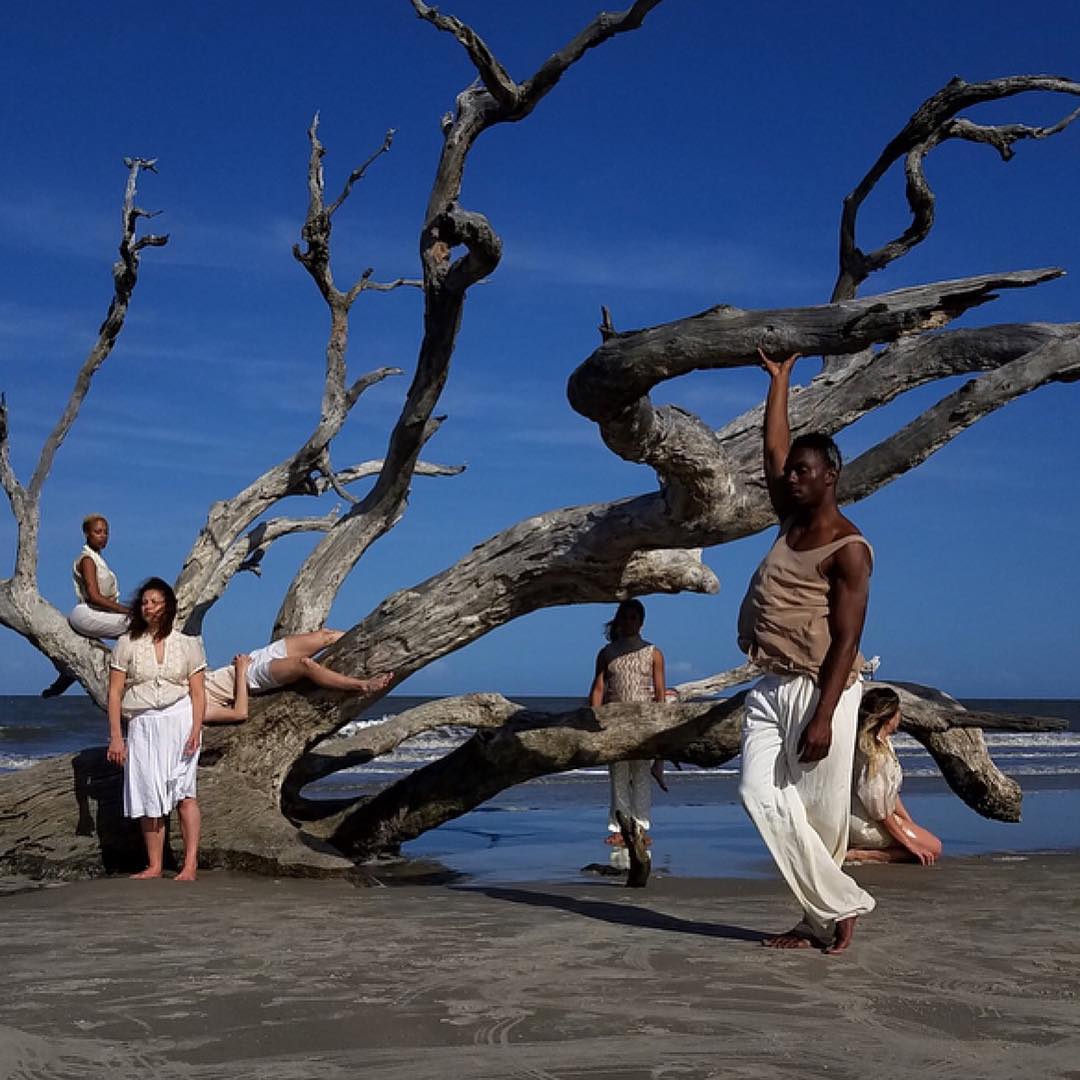When it comes to starting your own dance company, getting things off the ground can feel very daunting. Anyone who chose to be an artist knew what they were getting into in terms of hard work, and this is where that tenacity is really required. More sacrifice is often involved, and typically this is in terms of work-life balance. I was curious to find out some of the realities involved. One thing that gleams true from artistic directors who have given us some insight, is that not one of them seems to regret their choice. Overall, they have confirmed that it’s worth it. I checked in with some of my favourite local companies in both of my favourite cities (NYC and Atlanta).
ChristinaNoel Reaves, Founder and Artistic Director of ChristinaNoel & The Creature

How old were you when you founded ChristinaNoel & the Creature?
I was 29.
What advice would you give an artist wanting to start their own professional dance company?
Absolutely go for it! It’s wonderful and I don’t regret my choice one bit. It is also difficult and will take endurance and resilience. You have to be determined and forgiving of yourself. You have to learn to be as creative with your personal revenue streams as you are with your choreography. Believe in yourself and your societal and cultural value. Try to get rest whenever possible.
What was your process in founding your company? I was dancing for many exciting and vastly different choreographers and suddenly found myself wanting to make my own decisions and creations.
What factors contributed to your success as an artistic director?
Seeing the beauty and diversity within each performer and continually searching for ways to communicate to both challenge their limits and showcase their strengths. Also being patient with myself because I’m human, and even though I’m the creative force igniting the possibilities of this team, I’m also the rock calmly keeping it all afloat; doing both is hard and crazy and I find it so challenging!! I started going to therapy after starting the company, so that I could approach management with a healthy perspective! It’s been helpful.
What was the biggest challenge you faced when getting started?
Hahahaha what wasn’t?! what still isn’t???!!! Lol. I mean I guess finding the extra hours to keep up with the work. That was hard then and it’s more hard now. All the basic organizational emails and grants and applications and VIP invitations and how to learn from last year and do better this year and keep expanding our vision and resources.
What was the easiest part of the process?
Creating art with stimulating and brave artists!
What is your long term vision for the company?
Continuing! I used to want to be internationally programmed and acknowledged in the dance community locally and abroad. But recently I had very real questions for myself about my life choices. “If none of that ever happens do I still want to be doing this?” And the answer was “YES!” I love doing this. I love creating art. And I love creating it in the way we do with The Creature. This makes me happy. I’m so happy doing this and building my unusual life around it. The Creature isn’t stagnant, we keep challenging ourselves and each other and I love that.

What makes your company unique?
We are such a team… in which everyone takes ownership of their contribution and presence and we always have, even with completely different groups of dancers in the past. Also, we make dance theatre and require the dancers to sing and speak while moving, and we build the dances out of the dancers and musicians themselves and their perspectives and chemistry with each other.
What sacrifices have you made to build something from the ground up and to keep it going?
I work 2-5 jobs per day, 7 days a week. I have no days off. I don’t get paid anything myself from the company, I give all the $$ we make to the artists that work for me. Additionally, I put in over $10,000 per year of my own money that I make teaching and working at restaurants, etc. It’s exhausting.
If you could go back and do anything differently, what would it be? I try not to think like that. All along the way, I did the best I could at the time. Just keep putting one foot in front of the other and enjoy what you made!! Freakin’ enjoy the incredible gift of creating something to share.
What does a company need to thrive? Consistent determination to survive and bounce back from hurdles. Also bravely nurture your unique weirdness – Celebrate it!
Sue Schroeder, Artistic Director and Co-Founder of Core Dance

How old were you when you founded Core Dance?
I started Core Dance in 1980 when I was 23 years old.
What advice would you give an artist wanting to start their own professional dance company?
Understand what makes you and your work unique/distinct: what drives you to bring a unique viewpoint to the dance community. Also, understand that the business side is just as important as the artistic side and that it will take a significant amount of your time.
What was your process in founding your company?
When we formed, the natural order in dance was that choreographers, most of whom were white males, were masters, and dancers were subordinates. There was a lot of abuse going on in the dance world, and it was just accepted as the way work was made. We had to create our own company because no one else was making dance that honoured the dancer as a creative force.
What factors contributed to your success as an artistic director?
Success in art making, to me, comes down to truly collaborating, which only happens when you genuinely value people, give them a voice, and give them a seat at the table. When people are valued, they buy in more, they connect more deeply with the work, they contribute more, they invest longer.

What was the biggest challenge you faced when getting started?
Prior to adopting our current Consensus Process and Roles, I was responsible for facilitating all rehearsals (and meetings), keeping track of time, keeping a watchful eye on the emotions of the participants, keeping up with notes and gathering all necessary equipment etc. AND choreography and sometimes my own performance within the work. It was very challenging, so we now utilize “roles” within the company to balance these responsibilities.
What is your long term vision for the company?
My larger vision is that Core Dance embodies a microcosm of what is possible in the macrocosm, the larger society of dance and art making – dance as a catalyst for community conversation and social change. As Core Dance’s work environment has touched many individuals over the years, they have told us that they value the usefulness of the various practices they learned with us in other work environments, everyday life and beyond.
What makes your company unique?
We have dual homes in Atlanta and in Houston, and a defining characteristic of Core Dance is our international touring. We are known for our ability to engage community wherever we are and to create work relevant to modern and on-going concerns. We are also recognized for our commitment to the health and wellness of our dancers and have been paying them full-time salaries since 1986.

What sacrifices have you made to build something from the ground up and to keep it going?
Running a successful business means you must be willing to give up security and personal time. This work has to be your passion. In the beginning, every success is a direct result of your work. That means all the risk is there too. You need to give headspace. The company and its work will feel all-consuming. You will not have a “regular” schedule. As the company grows you will also need to learn to give up total control.
What was the easiest part of the process?
There is nothing that I would say is easy but much that is satisfying. I am grateful for the privilege to create and make art as well as develop so many friendships around the globe with other artists and members of our audiences.
If you could go back and do anything differently, what would it be?
Integrate self-care from the beginning. When you are the vision holder, no one is looking out for you. You have to do that for yourself. And it pays off exponentially when you do so.
What does a company need to thrive?
Over time, we developed a work environment that supports a safe space for risk-taking, art-making and the tools to assist in maintaining the sacredness of this environment. This allows everyone to bring their best selves every day.


